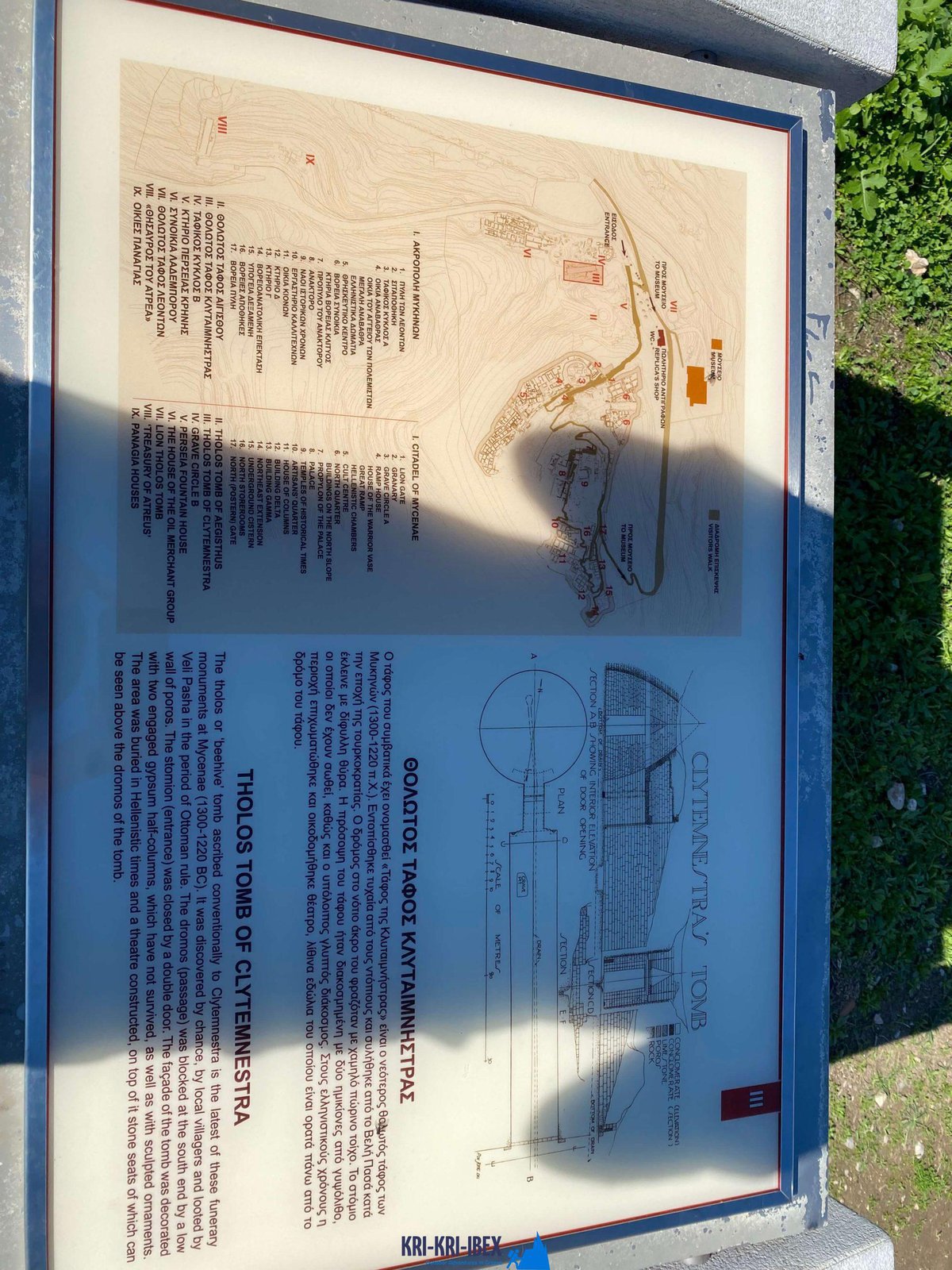chasing unique Kri-Kri Ibex in Greece!
chasing unique Kri-Kri Ibex in Greece!
Blog Article

The ibex search is an amazing trip as well as exciting searching exploration in Greece. It is not always a challenging search and undesirable conditions for the majority of seekers. What else would you such as to imagine during your scenic tour of ancient Greece, diving to shipwrecks, and hunting for Kri Kri ibex on an unique island for 5 days?

The number of tags changes as well because the ibex populace is ever-changing. The Kri-Kri, in spite of being the smallest ibex in regards to body weight (Capra Aegagrus Cretica), has long. A few specimens that were not counted determined 115 centimeters. The gold prize is 61 centimeter (24 inches) in length. Hunting of Kri-Kri ibexes, is presently permitted on Atalanti and Sapientza in Greece (Capra Aegagrus Cretica). Beginning on Atalanti in the last week of October as well as the initial week of December, ibex hunting is allowed. Searching is enabled the whole month of November in Sapientza, as long as the climate agrees with.
To many people, The Peloponnese peninsula on the Greek Mainland is the 'genuine' Greece, where things have not altered much whatsoever over the centuries despite the fact that many people have found it. This is a location where you could quickly invest a month or even more yet if you are short promptly after that our hunting and visiting Peloponnese Tours from Methoni is a fantastic option. This covers a significant quantity of ground to some of Europe's the majority of phenomenal sites in simply 5 days. You truly will not think what you see! Whilst the Peloponnese is home to a few of the best beaches in Greece there are a lot of things to see and also do that it is really a year-round location. Whilst Summer is the perfect time to spend at the beaches as well as falls, Spring as well as Autumn are superb for treking and discovering Ancient Ruins, Caves and also Archeological websites. Even winter is tempting as much of the villages and also towns receive some snow, particularly in the hills, as well as the rock architecture as well as vineyards provide themselves to cosy moments by an open fire. The casseroles and conventional winter months food is tasty and hearty. Regardless of what time of year you select you will certainly discover the groups very workable and in numerous places, non-existent.
So if you are seeking an authentic Greek experience far from the stress of tourism then look no further than Methoni in The Peloponnesos! Our exterior searching for Kri Kri ibex, angling, complimentary diving and visiting Peloponnese excursions from Methoni are the ideal way to discover this beautiful location at your very own pace with like minded people. Contact us today to book your position on one of our excursions.
What is the diference between Kri Kri ibex, Bezoar ibex and hybrid ibex
The kri-kri is not thought to be indigenous to Crete, most likely having been imported to the island during the time of the Minoan civilization. Nevertheless, it is found nowhere else and is therefore endemic to Crete. It was common throughout the Aegean but the peaks of the 8,000 ft (2,400 m) White Mountains of Western Crete are their last strongholds–particularly a series of almost vertical 3,000 ft (900 m) cliffs called ‘the Untrodden’—at the head of the Samaria Gorge. This mountain range, which hosts another 14 endemic animal species, is protected as a UNESCO Biosphere Reserve. In total, their range extends to the White Mountains, the Samaria National Forest and the islets of Dia, Thodorou, and Agii Pandes.
This Ibex is NOT a diminutive form of the Bezoar Ibex, which has migrated into the western-most reach of the range of this species. The kri – kri (Capra aegagrus cretica), sometimes called the Cretan goat, Agrimi, or Cretan Ibex, is a feral goat inhabiting the Eastern Mediterranean, previously considered a subspecies of wild goat. The kri-kri has a light brownish coat with a darker band around its neck. It has two horns that sweep back from the head. In the wild they are shy and avoid tourists, resting during the day. The animal can leap some distance or climb seemingly sheer cliffs.
“The agrimi goat Capra aegagrus cretica is unique to Crete and its offshore islands. It has been identi®ed as a sub-species of the wild bezoar goat Capra aegagrus aegagrus Erxleben, 1777, which it closely resembles in horn shape, body form and coloration. This classi®cation has been disputed by some researchers who claim that the agrimi are feral goats, derived from early domestic stock brought to the island by the ®rst Neolithic settlers. In order to clarify this issue, DNA analyses (cytochrome b and D loop sequences) were carried out on tissue of live and skeletonized agrimi and compared to sequences of wild and domestic caprines. Results conclusively show the agrimi to be a feral animal, that clades with domestic goats (Capra hircus) rather than with wild Asiatic bezoar. This study demonstrates that morphometric criteria do not necessarily re¯ect genetic af®nities, and that the taxonomic classi®cation of agrimi should be revised.”
Report this page